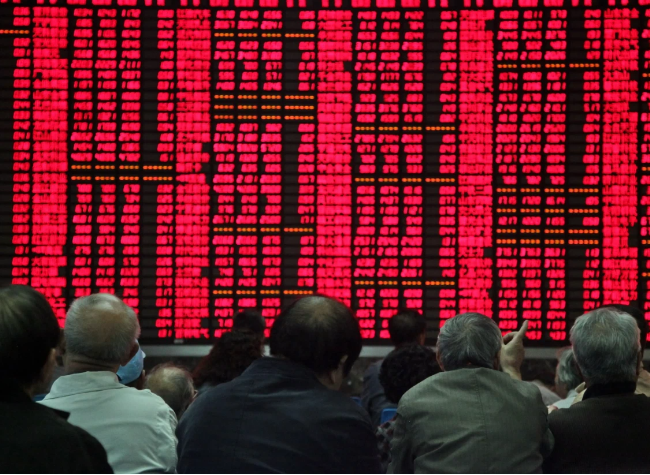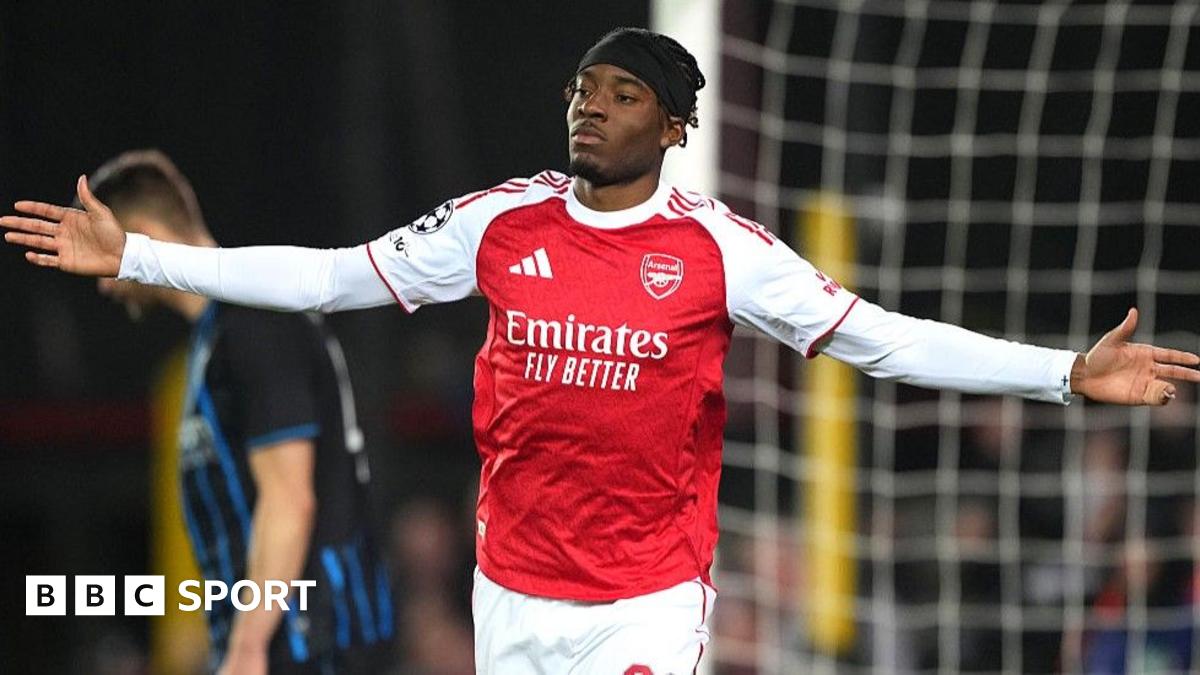Rugby uses eye-tracking technology to tackle concussions
Wales’ Dan Biggar is assisted after he was injured during the Rugby World Cup Pool D game at Oita Stadium between Wales and Fiji in Oita, Japan, Oct. 9, 2019.
AP Photo/Aaron Favila, File
WELLINGTON, New Zealand (AP) — A “shadow trial” of advanced eye-tracking technology will be conducted in the Super Rugby Trans-Tasman tournament in Australia and New Zealand as part of World Rugby’s bid to tackle head injuries by improving the detection of concussions.
The virtual reality technology, known as NeuroFlex, is set to be used during matches as part of the head injury assessment (HIA) process under a partnership between Rugby Australia, Rugby New Zealand and World Rugby.
NeuroFlex records horizontal and vertical movement of the eyes and head movements and, within seconds, analyzes that data and generates a report which helps medical personnel diagnose and manage concussions. It will also be used as part of the return-to-play process to monitor players’ return from head injuries.
“NeuroFlex is an objective test that could further improve rugby’s approach to brain health, supporting doctors to make the right decision,” World Rugby said in a statement Tuesday. “Numerous scientific studies have demonstrated that oculomotor (eye movement) functions are altered at the time of, or shortly after a concussion.”
World Rugby described it as a groundbreaking trial aimed at measuring the diagnostic accuracy of the test.
“In the lead-up to Super Rugby Trans-Tasman, teams have been embracing the study with all participating players undertaking baseline testing under controlled conditions to provide an accurate comparison for use when a player comes off for an HIA.”
Data gathered in the trial will be used to compare the accuracy of concussion identification based on eye and head movements with the current head injury assessment process. The outcome will influence World Rugby’s future moves on player welfare.
“As a key element of our progressive approach to injury reduction and management, rugby continually employs and assesses technology developments that could enhance the care of players in our sport, from community rugby to elite competitions,” World Rugby chief medical officer Dr. Eanna Falvey said.
“We believe that oculomotor screening examination in rugby has the potential to boost the identification and management of concussions by objectively identifying potential abnormalities in oculomotor function between a player’s baseline and when removed for an HIA assessment, adding to the depth of identification methods available to the sport.”
NeuroFlex was developed by Saccade Analytics which is headed by Dr. Mimi Galiana, who has spent almost 30 years at Canada’s McGill University researching eye and head movement.
Conrad Smith, the International Rugby Players head of player welfare, said it’s “important that we use advances in technology to further our understanding of brain health and head injuries in our sport.”
Strict enforcement of tackle rules and extra emphasis on concussion protocols have evolved in international rugby over the last decade.
World Rugby and two of the sport’s major national governing bodies received notice last December that proceedings were being brought against them by a group of former players preparing claims for negligence over brain injuries suffered during their careers.
It follows legal action in other sports.
In the U.S., the NFL in 2013 settled lawsuits from thousands of former players who developed dementia or other concussion-related health problems. The settlement is expected to cost the NFL more than $1 billion.






